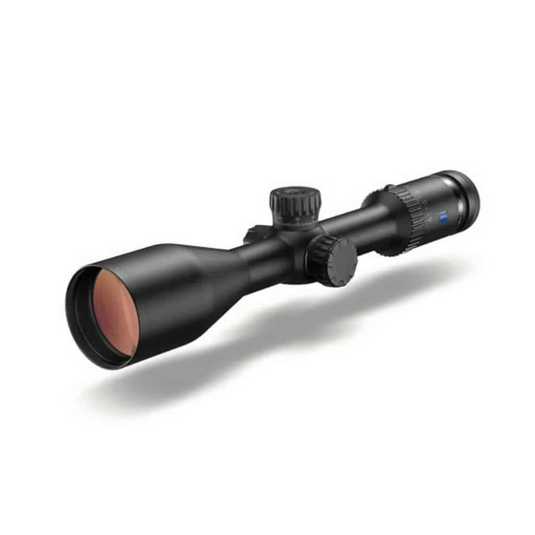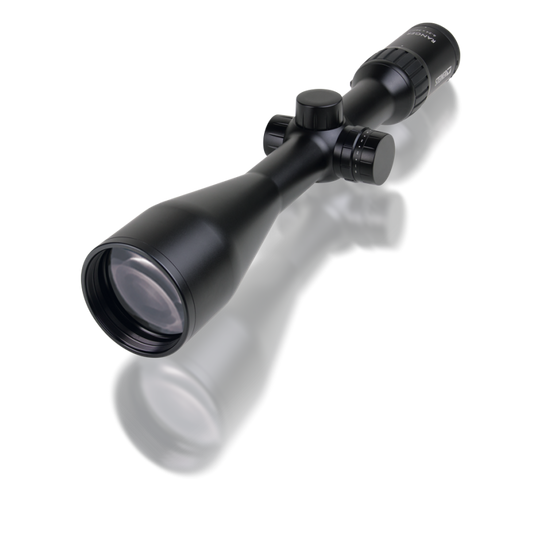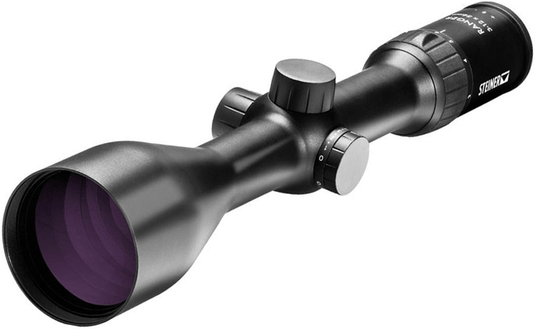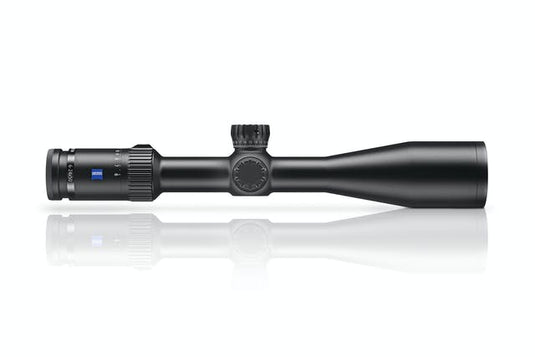The Intriguing Tale of Sika Deer in Ireland
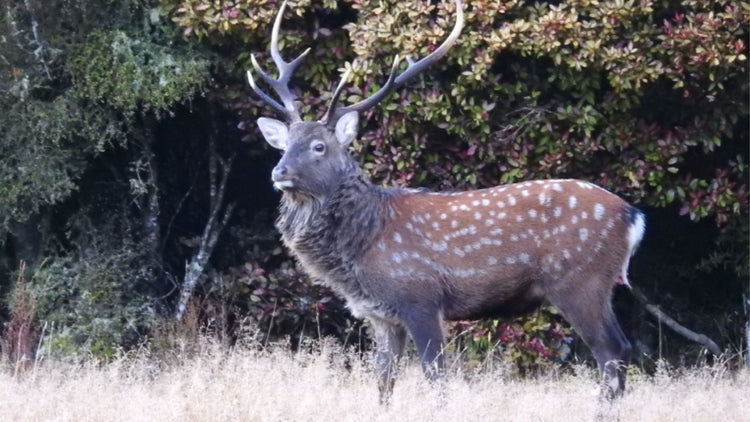
Ireland’s wildlife is as diverse as its landscapes, from the rugged coastlines to the lush inland forests. Among the various species that inhabit this verdant island, the Sika Deer (Cervus nippon) stands out due to its unique origin and the fascinating story of its integration into the Irish ecosystem.
The Arrival of Sika Deer in Ireland
Unlike the native Irish Red Deer, Sika Deer are not indigenous to Ireland. These deer originated from Asia, specifically Japan, Taiwan, and parts of mainland East Asia. Their introduction to Ireland dates back to 1860 when Sika Deer were brought to Powerscourt Estate in County Wicklow. Initially, these deer were kept in a controlled environment, but over time, they managed to escape and establish free-ranging populations in the wild.
Characteristics of Sika Deer
Sika Deer are medium-sized, with males (stags) weighing up to 80 kilograms and females (hinds) being smaller. One of the most distinctive features of Sika Deer is their coat, which changes color with the seasons. In summer, their coat is a rich reddish-brown with white spots, which helps them blend into the forest understory. During winter, their coat darkens to a more subdued grayish-brown, providing camouflage against the barren winter landscape.
Stags grow antlers, which they shed and regrow annually. These antlers are less complex than those of the Red Deer but are still impressive, with several points that they use to establish dominance during the rutting season.

Habitat and Behavior
Sika Deer are highly adaptable and can thrive in various habitats, from dense forests to open grasslands. However, in Ireland, they are predominantly found in woodlands, particularly in County Wicklow, where they were first introduced. They have also spread to other parts of Ireland, including Kerry, Donegal, and parts of Northern Ireland.
These deer are primarily nocturnal, feeding on grasses, leaves, and shrubs. They are known for their elusive nature, often remaining hidden during the day and becoming more active at dusk and dawn.
Sika Deer and Their Impact on the Ecosystem
The introduction of Sika Deer to Ireland has had significant ecological implications. On one hand, they have become a valued part of Ireland's biodiversity, offering opportunities for wildlife enthusiasts and hunters. On the other hand, their presence has posed challenges.
One major concern is the hybridization between Sika Deer and native Red Deer. This interbreeding can dilute the genetic purity of the native Red Deer, potentially leading to the loss of distinct characteristics unique to each species. Conservationists are working to manage and monitor these interactions to preserve the genetic integrity of both species.
Additionally, Sika Deer can have a considerable impact on vegetation. Their browsing habits can lead to overgrazing, affecting plant communities and the overall health of forest ecosystems. This has prompted the need for population management to maintain a balance between deer populations and their habitats.
Conservation and Management Efforts
Effective management of Sika Deer in Ireland requires a multifaceted approach. Conservation efforts focus on monitoring populations, controlling numbers through regulated hunting, and protecting sensitive habitats from overgrazing. Public awareness campaigns also play a crucial role in educating people about the importance of maintaining ecological balance and the challenges posed by non-native species.
In areas where hybridization with Red Deer is a concern, specific measures are implemented to keep the populations separate. This includes habitat management to create distinct areas for each species and monitoring genetic markers to track and manage hybrid individuals.
The Future of Sika Deer in Ireland
The story of Sika Deer in Ireland is a testament to the complex interactions between introduced species and native ecosystems. While they have become an integral part of Ireland's wildlife, their presence requires careful management to ensure the health and diversity of the country's natural habitats.
As we look to the future, the goal is to maintain a balance that allows Sika Deer to thrive while protecting the native species and ecosystems that make Ireland's landscape so unique. Through continued research, conservation efforts, and public engagement, we can ensure that the intriguing tale of Sika Deer in Ireland continues to unfold in harmony with nature.
In conclusion, Sika Deer in Ireland represent both a fascinating chapter of the country's natural history and a reminder of the ongoing need for thoughtful wildlife management. Their story is one of adaptation, challenge, and the ever-evolving relationship between humans and the natural world.
Rifle Accessories
5.0 / 5.0
(1) 1 Translation missing: en.genaral.accessibility.total_reviews
5.0 / 5.0
(1) 1 Translation missing: en.genaral.accessibility.total_reviews
5.0 / 5.0
(1) 1 Translation missing: en.genaral.accessibility.total_reviews
5.0 / 5.0
(1) 1 Translation missing: en.genaral.accessibility.total_reviews
5.0 / 5.0
(1) 1 Translation missing: en.genaral.accessibility.total_reviews
5.0 / 5.0
(1) 1 Translation missing: en.genaral.accessibility.total_reviews
5.0 / 5.0
(1) 1 Translation missing: en.genaral.accessibility.total_reviews
5.0 / 5.0
(1) 1 Translation missing: en.genaral.accessibility.total_reviews
